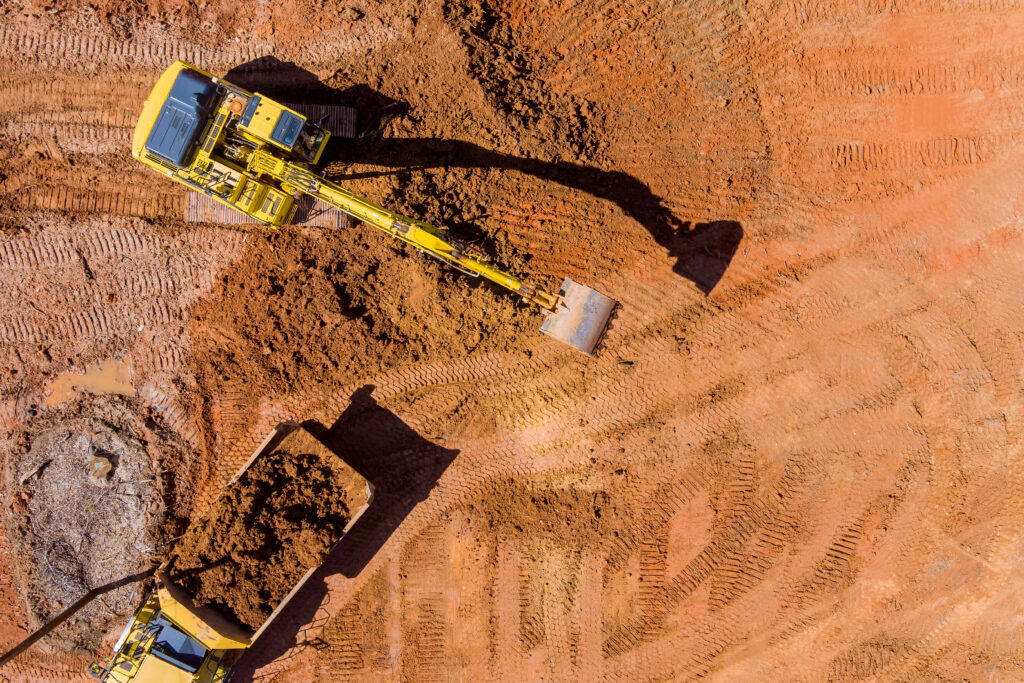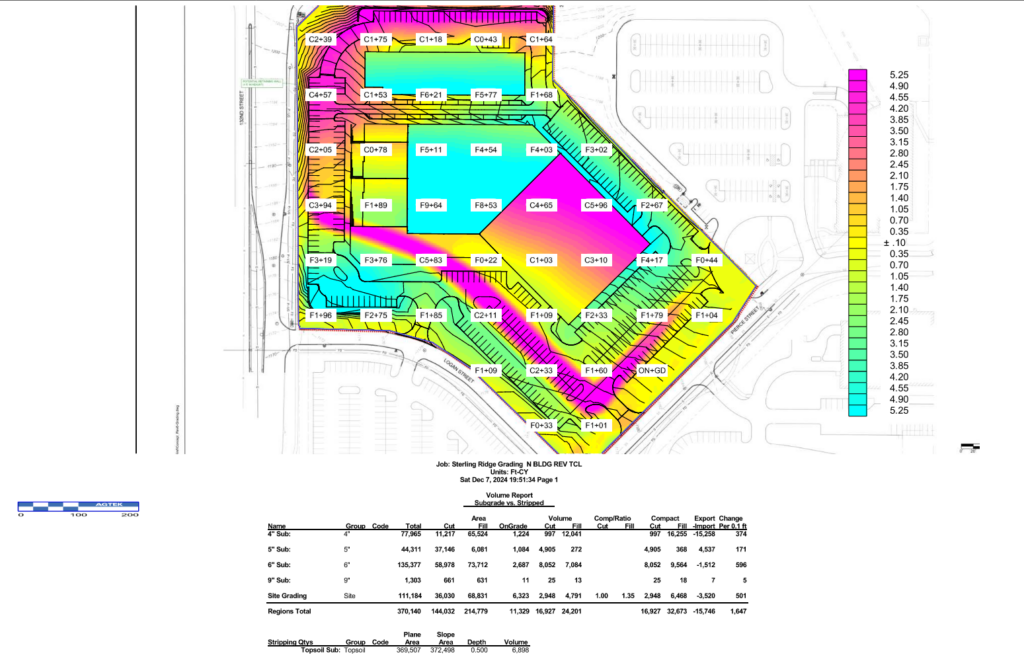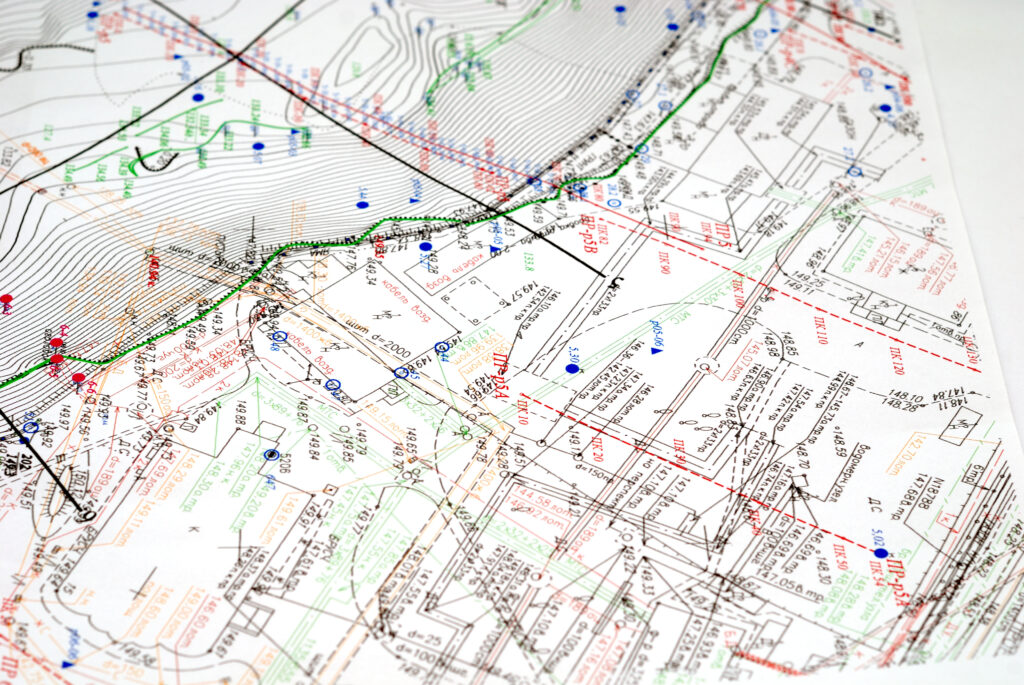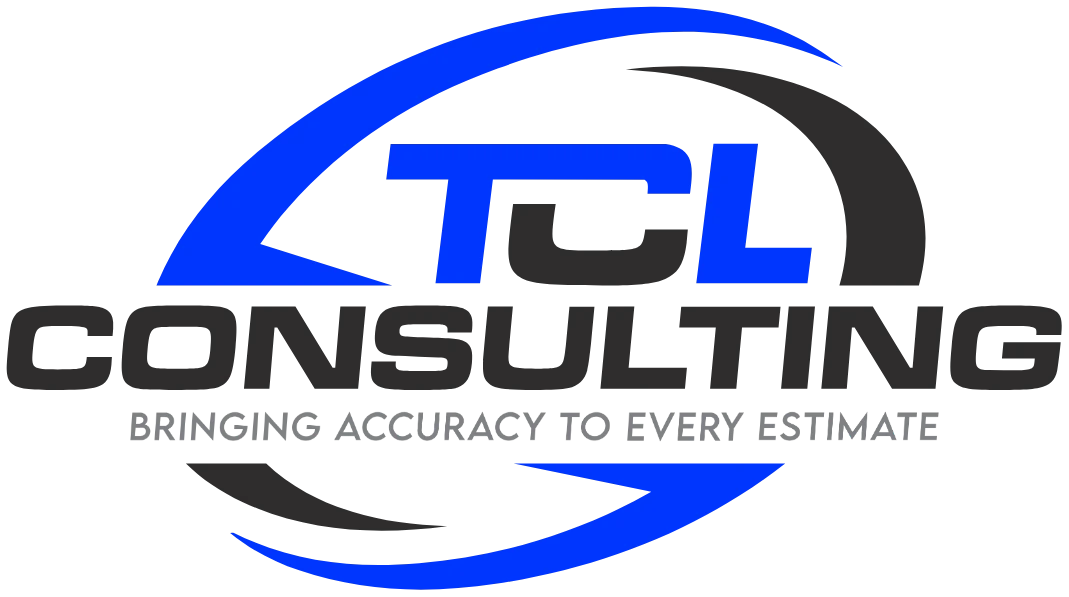
Every construction project starts with a plan—a blueprint for transforming raw land into a finished roadway, building, or development. But even the best plan can go awry when miscalculations creep into the process. Whether it’s underestimating earthwork volumes, ordering too few materials, or overlooking critical cut/fill requirements, small errors in the numbers can lead to massive headaches in the field.

Where Do Miscalculations Happen?
Earthwork Takeoffs: Accurately determining how much dirt needs to be excavated or filled is essential. A few inches of error in your measurements can translate to hundreds of cubic yards in real life.
Material Takeoffs: Estimating how much aggregate, concrete, or piping you’ll need should be straightforward—until unforeseen site conditions throw off your numbers.
Cut Fill Maps: These visual representations guide where to remove and where to add earth. If the data behind them is off, crews might dig in the wrong place or refill more (or less) than needed.
Machine Control Models: GPS-guided equipment relies on precise 3D data. If the data is incorrect, even state-of-the-art machines can’t grade or excavate accurately.
The Domino Effect of Errors
Schedule Slippage
When the project veers from plan due to bad data, the schedule pays the price. Rework means extra days or even weeks spent hauling in (or hauling out) unexpected material. That delay can affect every subsequent task—electrical, plumbing, road surfacing, or landscaping.
Skyrocketing Costs
Project budgets are tight for a reason—every cubic yard of earth, every load of gravel or concrete, represents real money. Ordering too much leads to waste; ordering too little causes delays and rush orders. Either way, cost overruns are almost inevitable.
Low Team Morale
When crews keep hitting snags because the plans don’t match reality, it dampens morale. Operators might blame the estimators; project managers might point to miscommunication. Those tensions can slow a project down even further.
Client Dissatisfaction
Nothing sours a client relationship faster than being told the project will cost more or take longer because of something that “shouldn’t have happened.” Miscalculations reflect poorly on overall professionalism and can tarnish a company’s reputation.
Why Accuracy Matters More Than Ever
In an era of tight timelines and competitive bidding, the margin for error is smaller than ever. That’s why accurate takeoffs and machine control data are so crucial. By leveraging advanced software and experienced professionals who understand the nuances of earthwork volumes and site conditions, you can minimize the risk of these costly miscalculations.
Streamlined Earthwork and Material Takeoffs
Investing the time (and sometimes money) in thorough, digitally driven takeoffs ensures your initial estimates align with on-the-ground reality. This step helps you budget correctly from day one.
Detailed Cut Fill Maps
When your cut/fill maps are derived from accurate topographical surveys and 3D modeling, crews can work with confidence—knowing exactly how the landscape should look once the job’s done.

Accurate Machine Control Models
GPS-guided equipment is only as good as the data you feed it. High-quality models mean fewer passes, reduced fuel consumption, and less wear and tear on machinery.
Avoiding Miscalculations: Best Practices
- Double-Check Your Data: Have multiple sets of eyes (and possibly software) verify the same information.
- Use 3D Modeling Tools: Modern programs can generate highly detailed representations of the site, catching errors that 2D plans might miss.
- Stay in Sync with Field Crews: Encourage open communication. If operators spot inconsistencies, address them immediately.
- Conduct Periodic Recalibration: Over the course of a long project, site conditions and equipment settings can change. Regularly review and update your models and takeoffs.

Final Thoughts
A few extra hours upfront spent validating numbers can save days or weeks of frustration later on. Whether you’re working on a massive infrastructure project or a smaller development, the real impact of miscalculations can be huge—affecting budgets, timelines, and relationships with stakeholders.
By prioritizing accurate earthwork takeoffs, material takeoffs, cut/fill maps, and machine control models, you’ll tackle common pitfalls before they turn into project-halting problems. In the end, attention to detail in the planning phase doesn’t just safeguard the bottom line—it also upholds your company’s reputation for delivering quality results on time and on budget.
